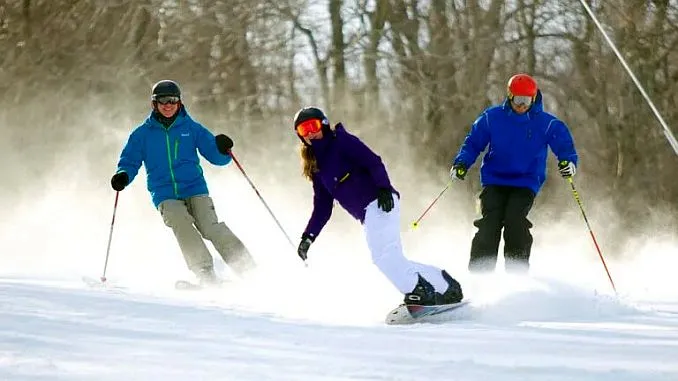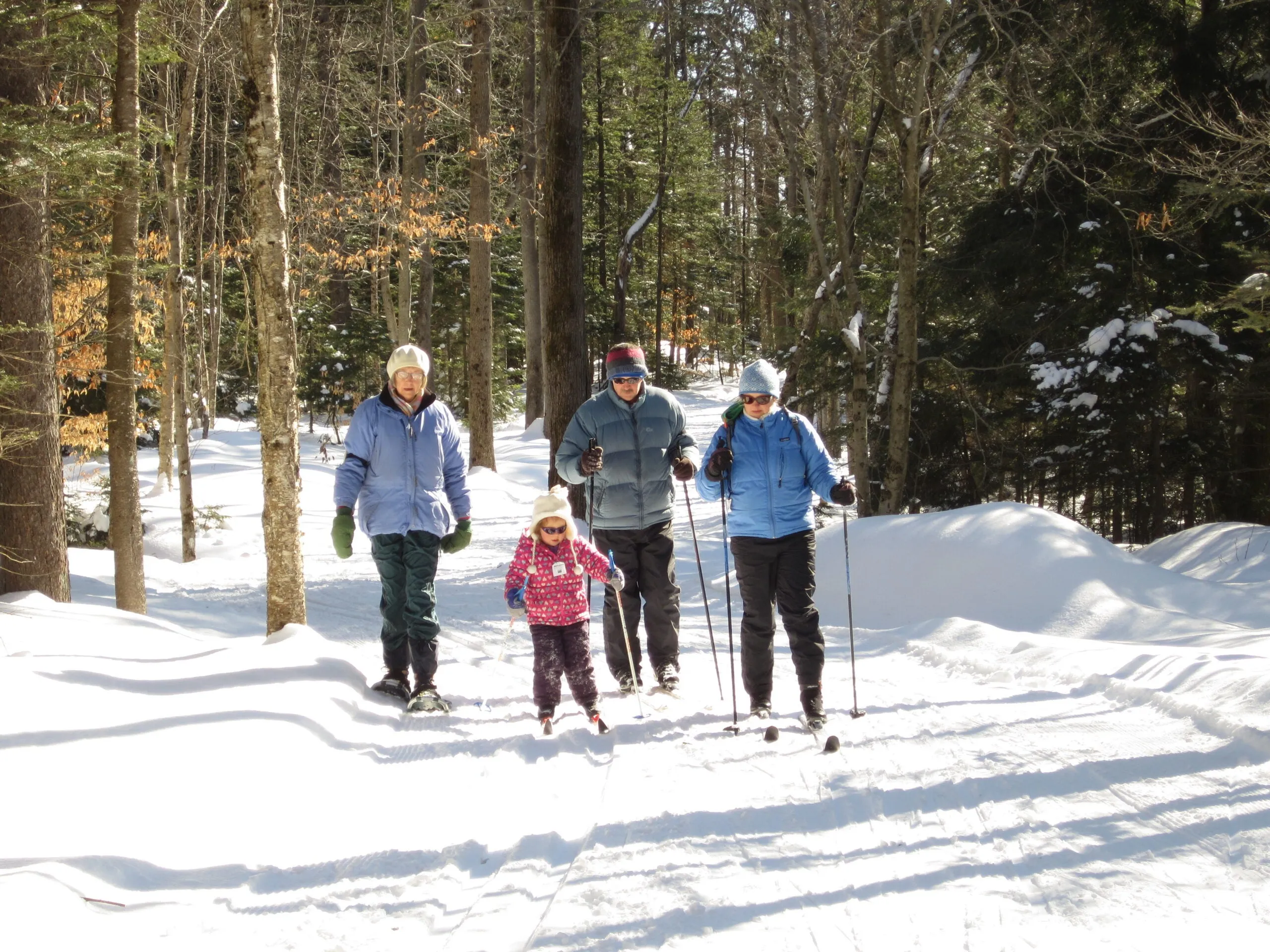Massachusetts, a beautiful New England state, is renowned not only for its rich history and vibrant cities but also for its magnificent natural beauty, especially in winter. Snow-covered mountains and winding roads through frost-kissed forests offer stunning scenery to explore. However, driving in the Massachusetts mountains during winter presents a significant challenge, requiring experience and thorough preparation. This article shares essential tips for safe winter mountain driving in Massachusetts, ensuring you travel safely and fully enjoy the beauty of this region.
Why is Winter Mountain Driving in Massachusetts Unique?
Massachusetts may not have the towering Rocky Mountains, but its hilly terrain, particularly in the western and central regions, features steep, winding roads with numerous hairpin turns. In winter, these roads become even more challenging due to snowfall, ice, and reduced visibility.
Hilly Terrain: The Berkshires and Worcester Hills areas have mountainous terrain with many steep sections and continuous curves. This demands agile driving skills and excellent vehicle control, especially on slippery surfaces.
Harsh Weather: Winter in Massachusetts can be very cold and severe, with heavy snowfall and frequent ice. Snow-covered roads reduce tire grip, while ice makes roads extremely slippery and dangerous.
Limited Visibility: Fog, snowfall, and weak winter daylight can significantly reduce visibility. This is particularly hazardous on mountain roads, where visibility is often already limited by the terrain and trees.
Fewer Support Resources: Compared to highways, mountain roads typically have fewer service stations, gas stations, and residential areas. If your vehicle breaks down, seeking help can be more difficult, especially in adverse weather conditions.
Essential Tips for Safe Winter Mountain Driving in Massachusetts
To ensure a safe and enjoyable winter mountain driving experience in Massachusetts, equip yourself with the following tips and knowledge:
1. Prepare Your Vehicle Thoroughly
Overall Vehicle Check: Before each trip, ensure your vehicle is in optimal operating condition. Check your brakes, tires, lights, wipers, battery, and heating system.
Winter Tires: Winter tires are the most crucial factor for safe driving on snow and ice. Winter tires have deeper treads or sipes, which enhance grip and reduce the risk of skidding.
Oil and Coolant: Use oil and coolant suitable for winter temperatures to prevent freezing and ensure smooth engine operation.
Vehicle Lights: Ensure all vehicle lights are working correctly, including headlights, fog lights, and taillights. Fog lights are especially important when driving in low visibility conditions.
Emergency Kit: Always carry an emergency kit in your vehicle, including jumper cables, a flashlight, a snow shovel, tire chains (if needed), a warm blanket, snacks, and water.

2. Plan Your Route and Monitor Weather Conditions
Choose Appropriate Routes: Carefully research your intended route. Prioritize main roads that are regularly plowed. Avoid minor trails or dirt roads unless absolutely necessary.
Check Weather Forecasts: Monitor weather forecasts before and during your trip. Avoid driving when severe blizzard or ice storm warnings are in effect.
Inform Someone of Your Plans: Let family or friends know your schedule and route. This ensures someone knows your location in case of an emergency.
3. Winter Mountain Driving Techniques
Drive Slowly and Maintain Safe Distance: Reduce your speed and drive slower than usual. Increase your following distance from the vehicle ahead to allow ample time to react and brake.
Brake Gently: Avoid sudden or hard braking. Instead, brake gently and gradually to prevent skidding. Use engine braking (downshifting) when descending hills to reduce the load on your main brakes.
Maintain Steady Speed Uphill: Select the appropriate gear and maintain a steady speed when going uphill. Avoid stopping mid-slope, as restarting on slippery roads can be challenging.
Take Curves Slowly and Smoothly: Reduce speed before entering curves and steer gently. Avoid braking or accelerating abruptly while cornering.
Use Vehicle Lights Properly: Turn on your headlights when it’s dark or visibility is poor. Use fog lights when there is fog or heavy snowfall.
Avoid Cruise Control: Do not use cruise control on slippery or winding mountain roads. You need to maintain complete control over speed and braking.
Handling Skidding: If your vehicle skids, remain calm and do not brake abruptly. Release the accelerator and gently steer in the direction you want to go to regain control.
4. Real-World Experiences on Massachusetts Mountain Roads
Highways and State Routes: Highways like I-90 (Massachusetts Turnpike) and major state routes are generally plowed quite well. However, careful driving and adherence to safety principles are still necessary.
Secondary Mountain Roads: Secondary mountain roads may be plowed less frequently and have steeper and more winding sections. Drive slower and more cautiously on these routes.
Berkshires Area: The Berkshires region in western Massachusetts is famous for its mountains and ski resorts. Mountain roads here can be very challenging in winter. If you’re visiting this area for skiing at Berkshire East Mountain Resort or Wachusett Mountain, be prepared for snowy and icy roads.
Roads to Tourist Attractions: Many popular winter tourist destinations like Notchview or Monument Mountain have access roads that are small mountain roads. Research road conditions thoroughly before you go and prepare for challenging driving conditions.

5. Stay Alert and Focused
Winter mountain driving demands high concentration and alertness. Avoid driving when tired or drowsy. Limit cell phone use or other distractions while driving.
Take Breaks When Necessary: If you feel tired or stressed, pull over in a safe location and rest for a while.
Observe and Anticipate: Always observe the road ahead and anticipate potential situations. Pay attention to traffic signs, hazard warning signs, and road surface conditions.
Control Speed and Distance: Always maintain a speed appropriate for road and weather conditions. Maintain a safe following distance to allow sufficient reaction time.
Conclusion
Driving in the Massachusetts mountains during winter can be a thrilling and memorable experience if you are well-prepared and drive safely. By equipping yourself with the necessary experience and skills, you can confidently conquer snowy mountain roads and explore the stunning winter beauty of Massachusetts. Always prioritize safety and enjoy your journey!